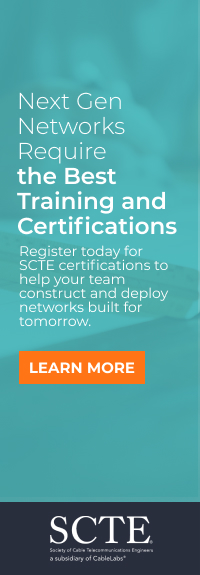Beyond Automation: Agentic AI as the
Catalyst for Unlocking Telco Growth
The pitfall of siloed solutions
CSPs cannot afford to attack these challenges piece by piece. Leadership, delivery, and technology must be integrated as a unified transformation pathway. Siloed efforts perpetuate data and technical debt, stall progress at the experimentation phase, and block the move to true AI-native operation. Within TM Forum, we’re working with our members to build an AI-native blueprint that will empower CSPs to tackle these challenges holistically by embedding AI capabilities not only into tools and systems, but into the leadership mindset, operating model, and delivery DNA of the organization.
1. AI for Leadership: Clear language, business case, and road mapping
- Adopt business-driven frameworks for AI adoption that articulate clear goals: How does each initiative impact people, process, and technology?
- Quantify and roadmap the investment strategy: Define the approach to build, buy, or partner for each use case.
- Classify projects by maturity: Map the transition from experimentation to trial to production, giving leadership a non-technical, financial pathway to prioritize and measure AI initiatives.
2. AI for Everyone: Accelerate delivery through proven tools
The industry should embrace accelerator tools as outlined in innovation playbooks:
- Program readiness tools for effective project initiation
- Investment prioritization and ROI calculators to justify spending
- Solution estimation kits to support planning
- Operational acceptance matrices to ensure smooth integration
- Engineering decision guides for cloud, hybrid, and on-prem deployment choices
3. AI-First Technology Adoption: Focus on the ‘how’ not the ‘what’
- Prioritize pragmatic integration of agentic AI into legacy systems, rather than endlessly refactoring data platforms.
- Shift from mass data reconciliation to curated data products and minimum viable datasets.
- Develop secure and scalable mechanisms to expose tools and APIs to agentic orchestration layers (e.g., MCP servers).
- Establish controlled model onboarding, with observability and metering to manage costs and performance.
- Invest in continuous monitoring, security, and governance of all agent interactions – between agents, humans, and systems.
Pragmatism, integration, and continuous practice
By bringing together three critical domains – a business-first approach to AI leadership, delivery frameworks designed for scale, and technical foundations that support agentic integration across distributed environments – CSPs can move beyond siloed pilots and begin tackling foundational blockers with focus and intent.
But this isn’t just about upgrading tooling or standing up more proofs of concept, it’s about preparing CSPs for a new operating reality – one defined by the presence of intelligent, autonomous agents embedded throughout the telco fabric. Agentic AI changes the game: it introduces goal-seeking software collaborators that act with purpose, reason in context, and execute at scale. To unlock that potential, CSPs must treat agentic autonomy not as a future capability, but as a present architectural imperative.
By aligning leadership, delivery, and technology from the outset – and treating AI not as a bolt-on but as a foundational design principle – CSPs can stop treating AI as a series of disconnected bets. Instead, they can build a resilient, continuously evolving capability that transforms how they operate, compete, and create value in the agentic AI era.



















